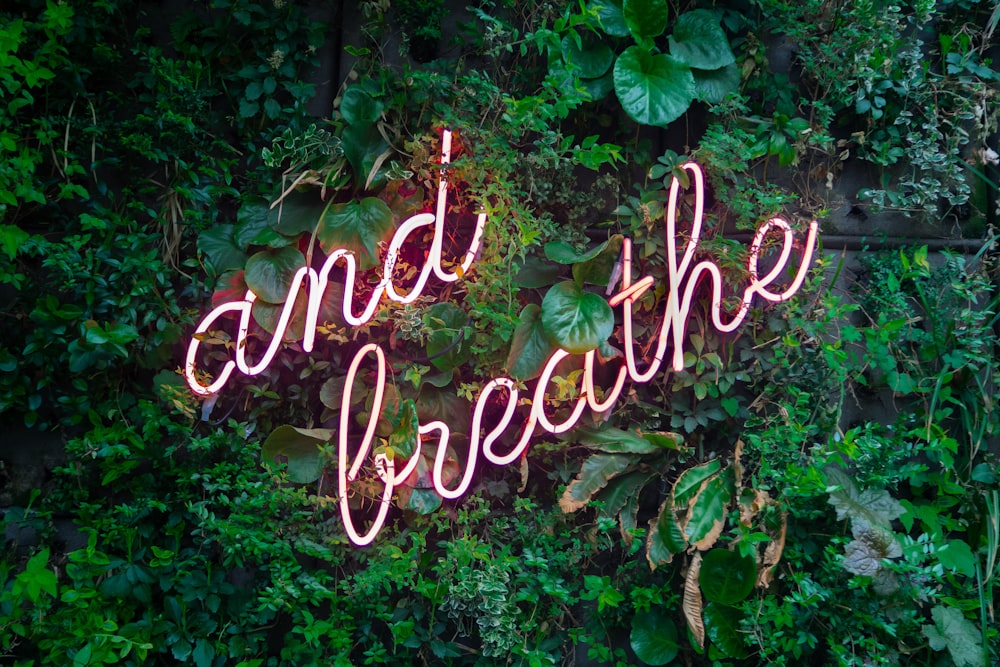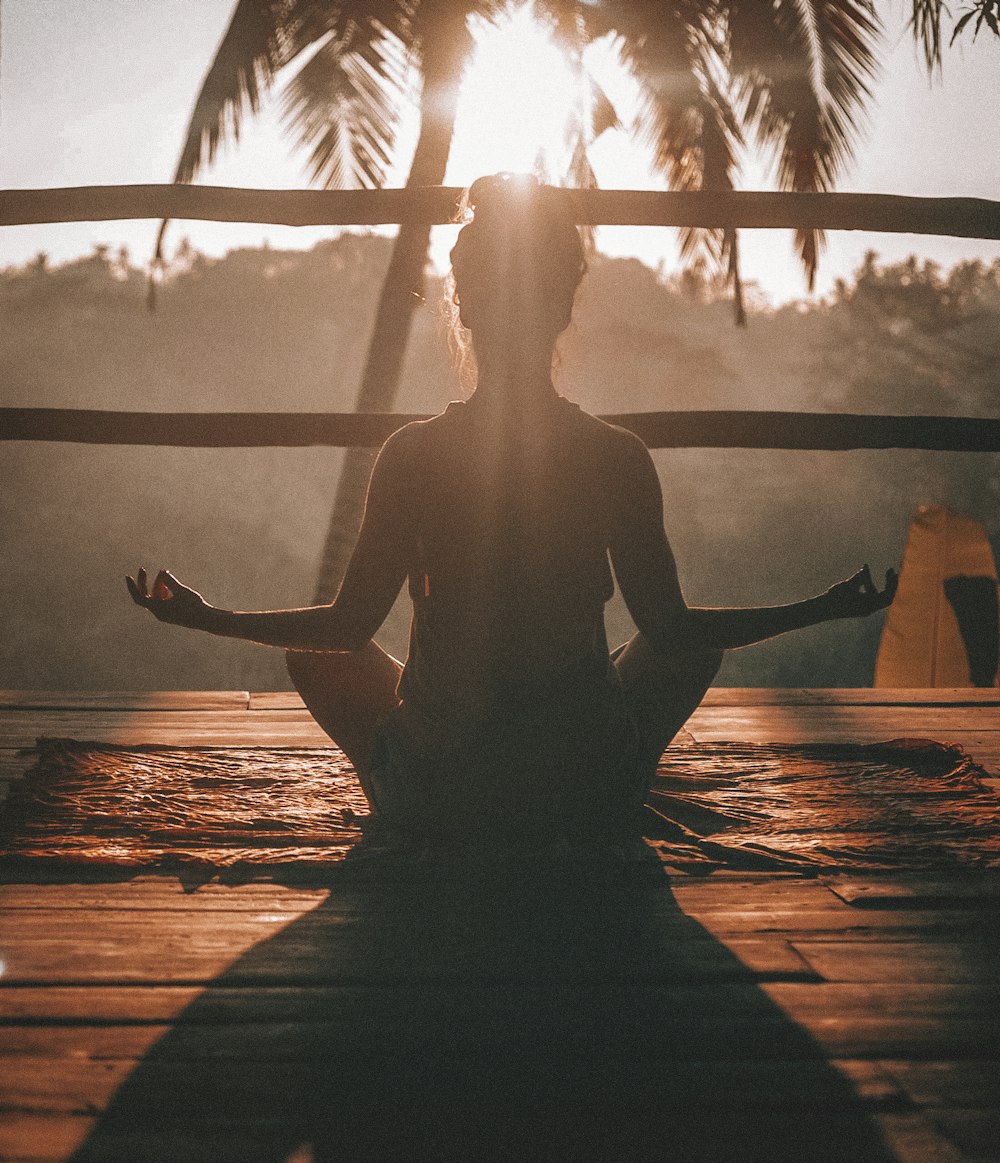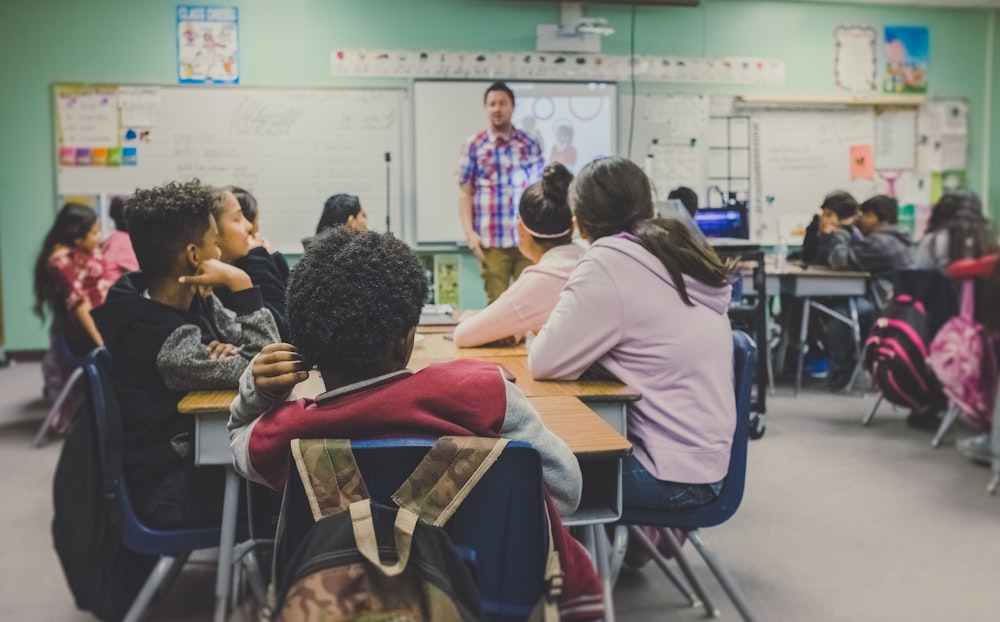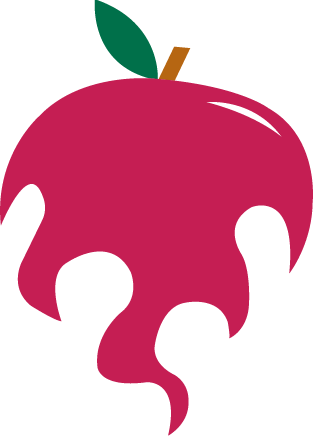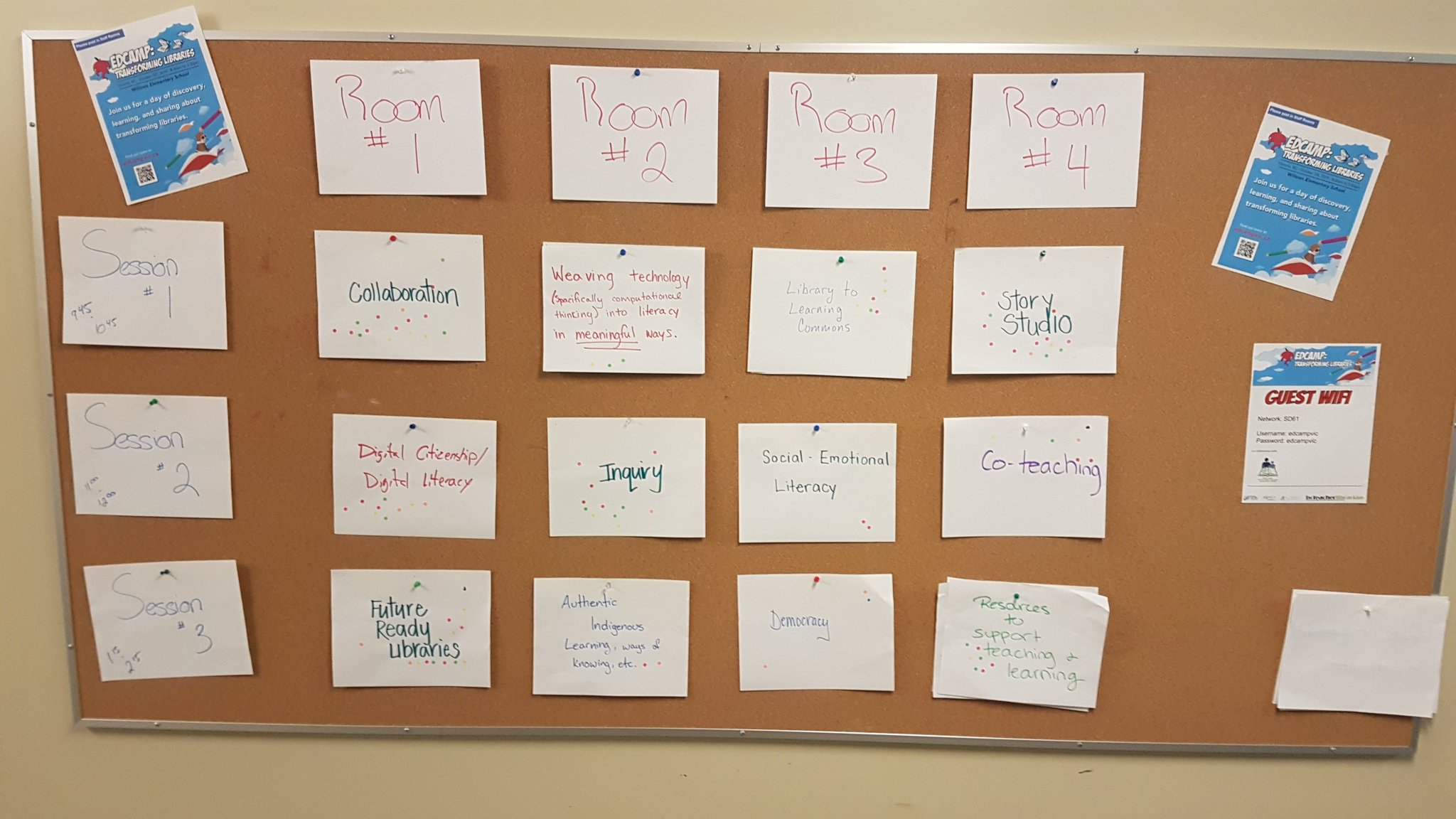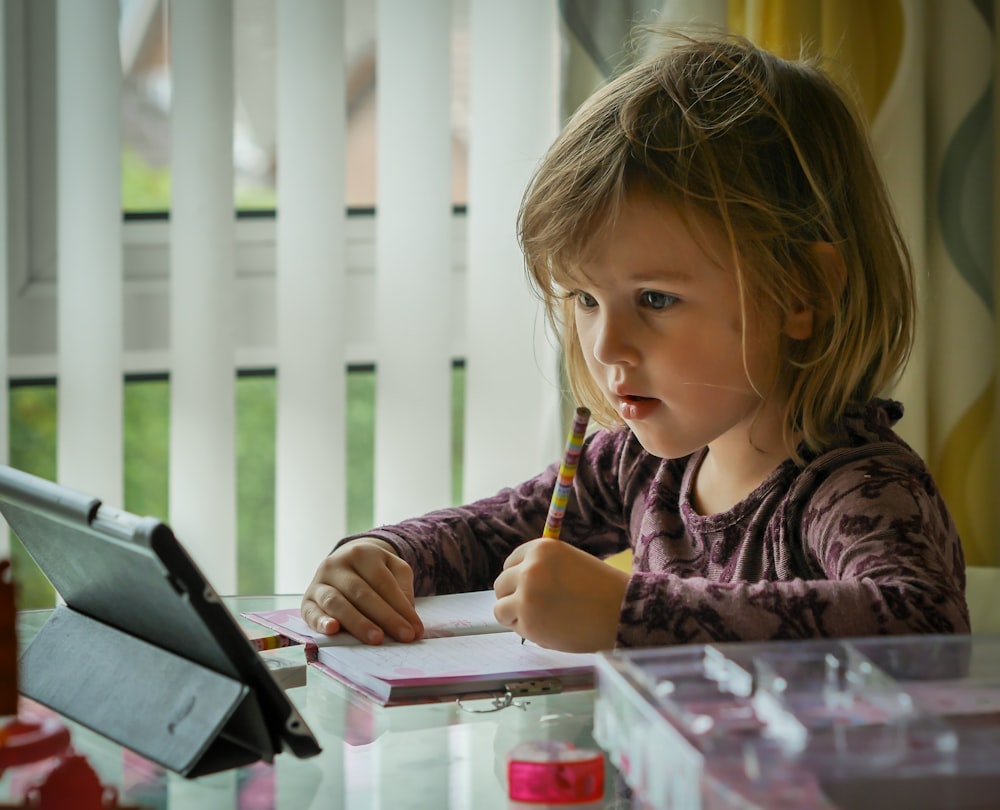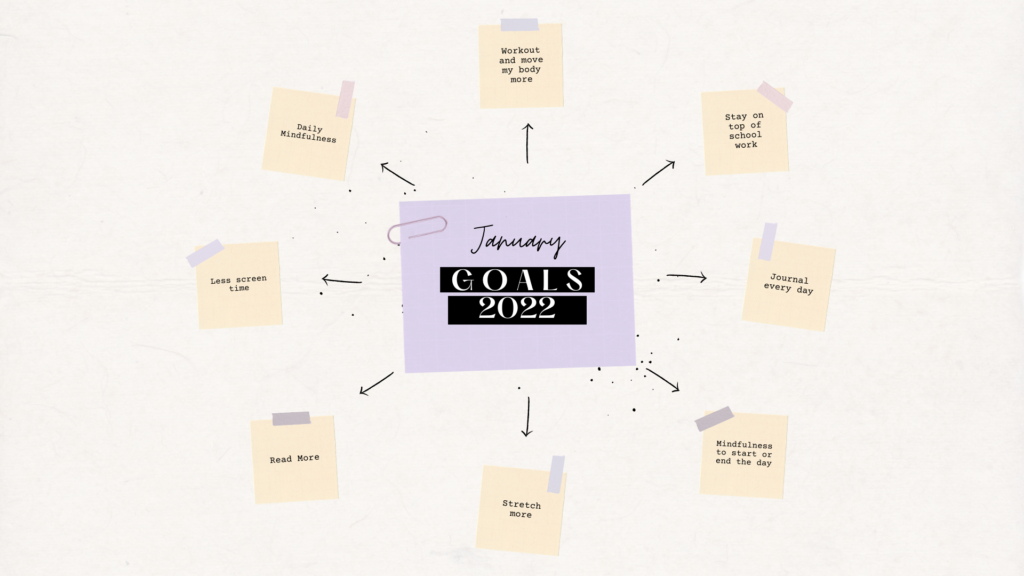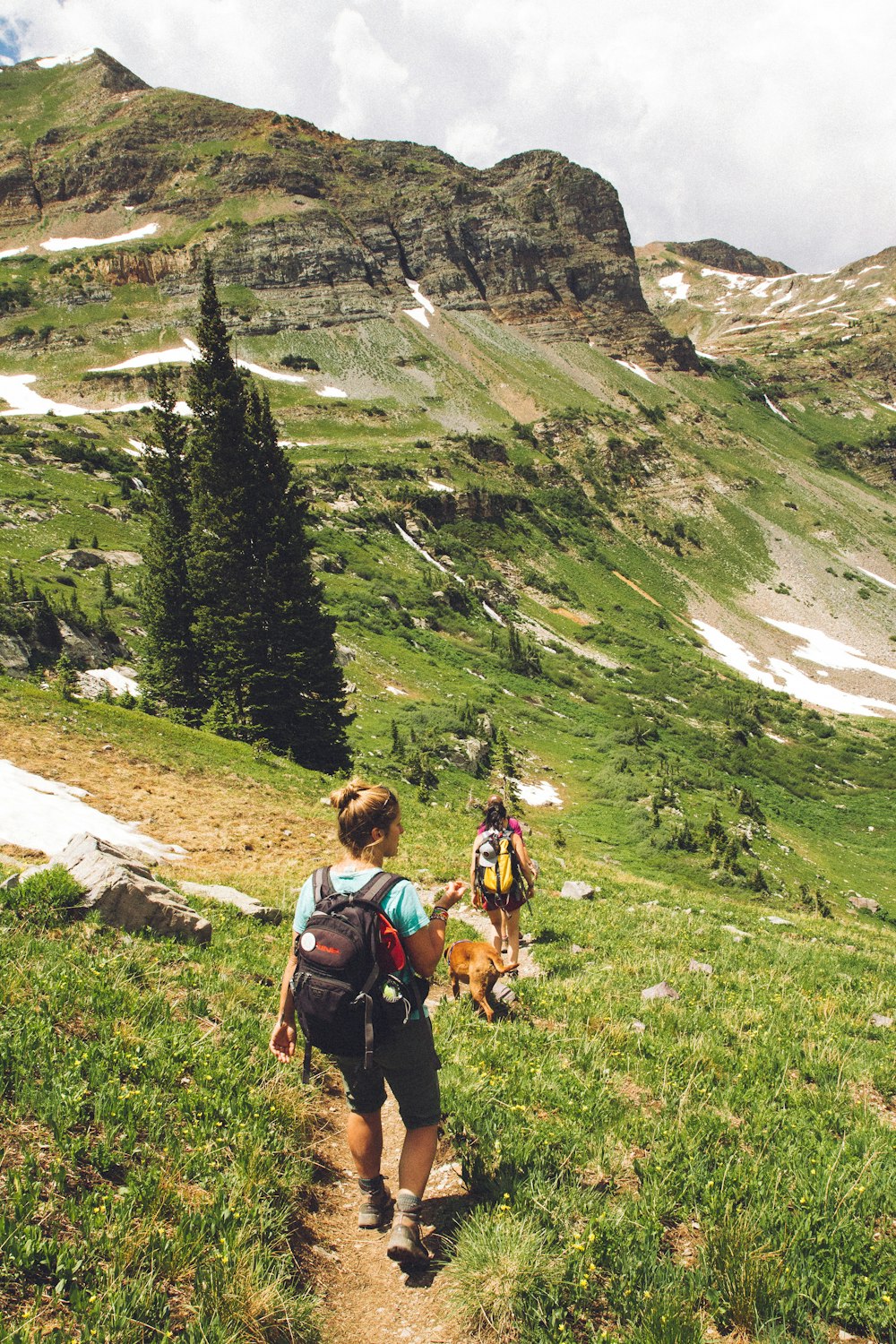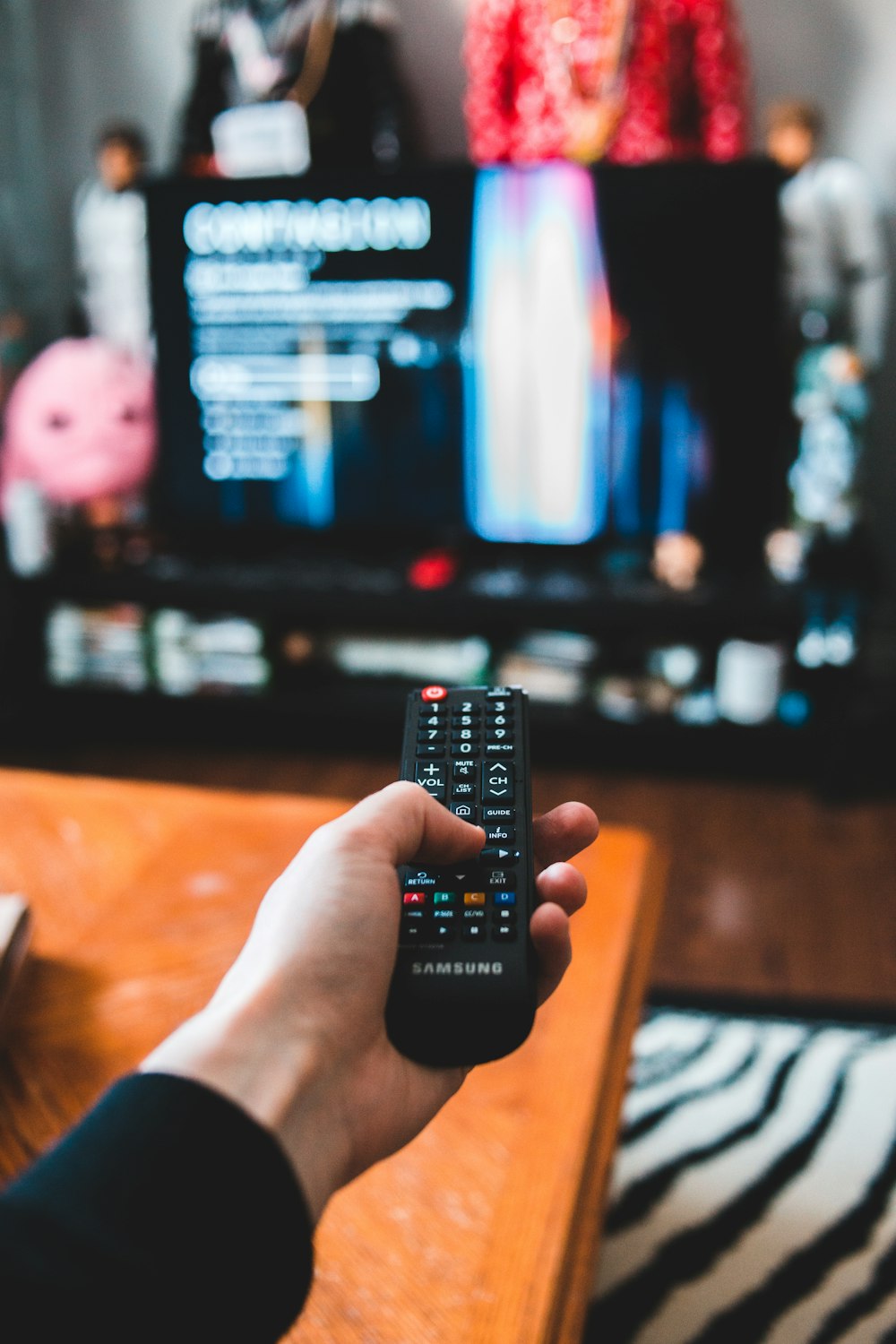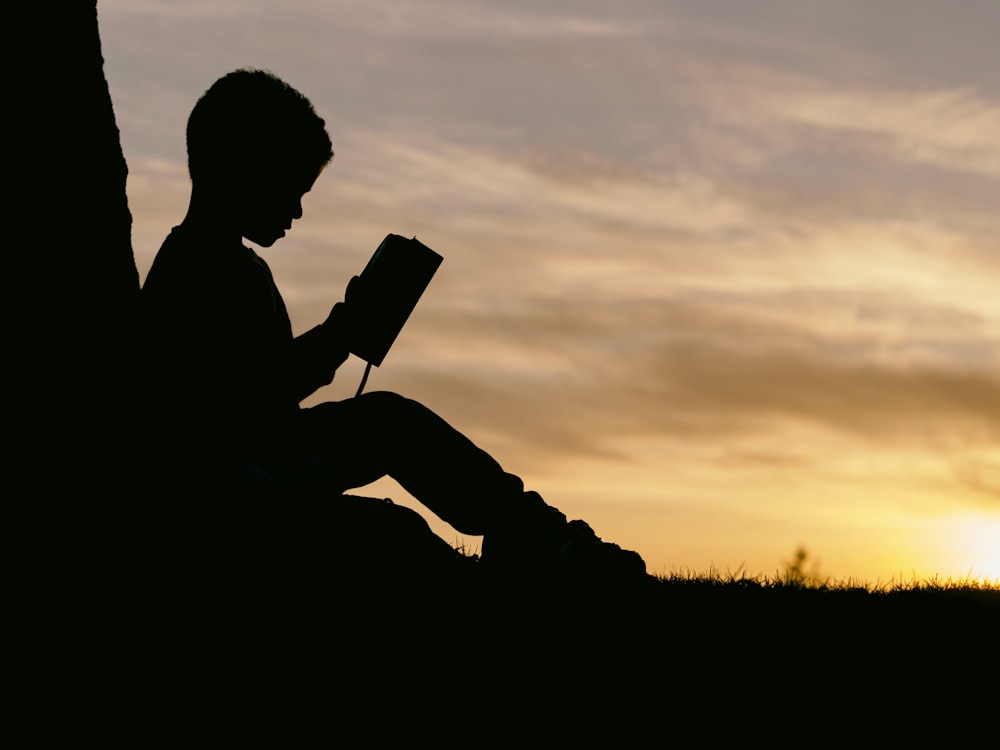This week, I had the opportunity to watch the Netflix series The Mind Explained, and specifically, the episodes on mindfulness and anxiety really stood out to me. As I watched them, I started to think about how I wanted to add my findings to this blog. What I learned was that “meditation causes big changes in the minds of experts,” as the documentary explains, which ultimately backs up the claim “meditation can make you a master of your own mind” (Netflix, 2019).

When one reflects on how their breath feels when they are relaxed or just have woken up in the morning, they will quickly realize that in those situations their breaths are even, slow, and soft. As the University of Michigan states, “deep breathing is one of the best ways to lower stress in the body” (UMHS, 2020). But, how can we slow our breathing to experience stress relief? Two ways the University of Michigan’s Health website explains are;
Belly breathing: This can be done either sitting or laying down (any position that is comfortable really). Place one hand on your stomach, just below your ribcage, and the other on your chest. Taking a deep breath in through your nose, feel your belly fill up with air. Pause for a moment then release the air through your mouth and feel your stomach go back in. Re[eat this process upwards of 5 times and take your time with each breath, really thinking about how your stomach fills and empties.
4-7-8 Breathing: Like belly breathing, find a comfortable position and place your hands on your chest and stomach. Again, feel the air fill and release from your stomach as you breathe in and back out. When you breathe in, silently (and slowly) count to four. Next, hold that breath for 7 seconds. Afterwards, breathe out steadily for 8 seconds. This method can be repeated several times, or whenever you feel calm and relaxed again.
As I have learned over the past few weeks, “mind and body practices such as yoga, meditation, progressive relaxation, or guided imagery use mental and physical abilities to improve health and well-being” (PMC, 2015). In these past two weeks, I have made an effort to swap up my styles of daily meditation from guided youtube meditations/ mindfulness to breathing exercises. I found that this really worked for me on those days that I was busy and didn’t have time to participate in a guided meditation. On those days I found that though I could sit through the video, I wasn’t actively participating as much as I thought I should be and when I finished, I didn’t feel like I cleaned my mind. Practicing different breathing techniques has been great for those days because I find that I’m able to calm myself down in a shorter amount of time with deep breathing. Breathing exercises are all about someone focusing on their own breath so no external factor needs to be involved. I really like that because it’s easy for your mind to get distracted when you depend on an outside factor, at least it is for me. With deep breathing, I am in complete control and can determine when I am feeling calm and ready to continue my day.
Sources:
Vox Media. (2019, September 12). The Mind, Explained: Netflix official site. Watch The Mind, Explained | Netflix Official Site. Retrieved March 1, 2022, from https://www.netflix.com/title/81098586
Healthwise Staff. (2020, August 31). Stress management: Breathing exercises for relaxation. Stress Management: Breathing Exercises for Relaxation | Michigan Medicine. Retrieved March 1, 2022, from https://www.uofmhealth.org/health-library/uz2255 Boccia, M., Piccardi, L., & Guariglia, P. (2015). The meditative mind: A comprehensive meta-analysis of MRI studies. BioMed research international. Retrieved March 1, 2022, from https://www.ncbi.nlm.nih.gov/pmc/articles/PMC4471247/
GIF: You Got This Mental Health GIF By YouTube (GIFY)
Photo: Max van den Oetelaar

